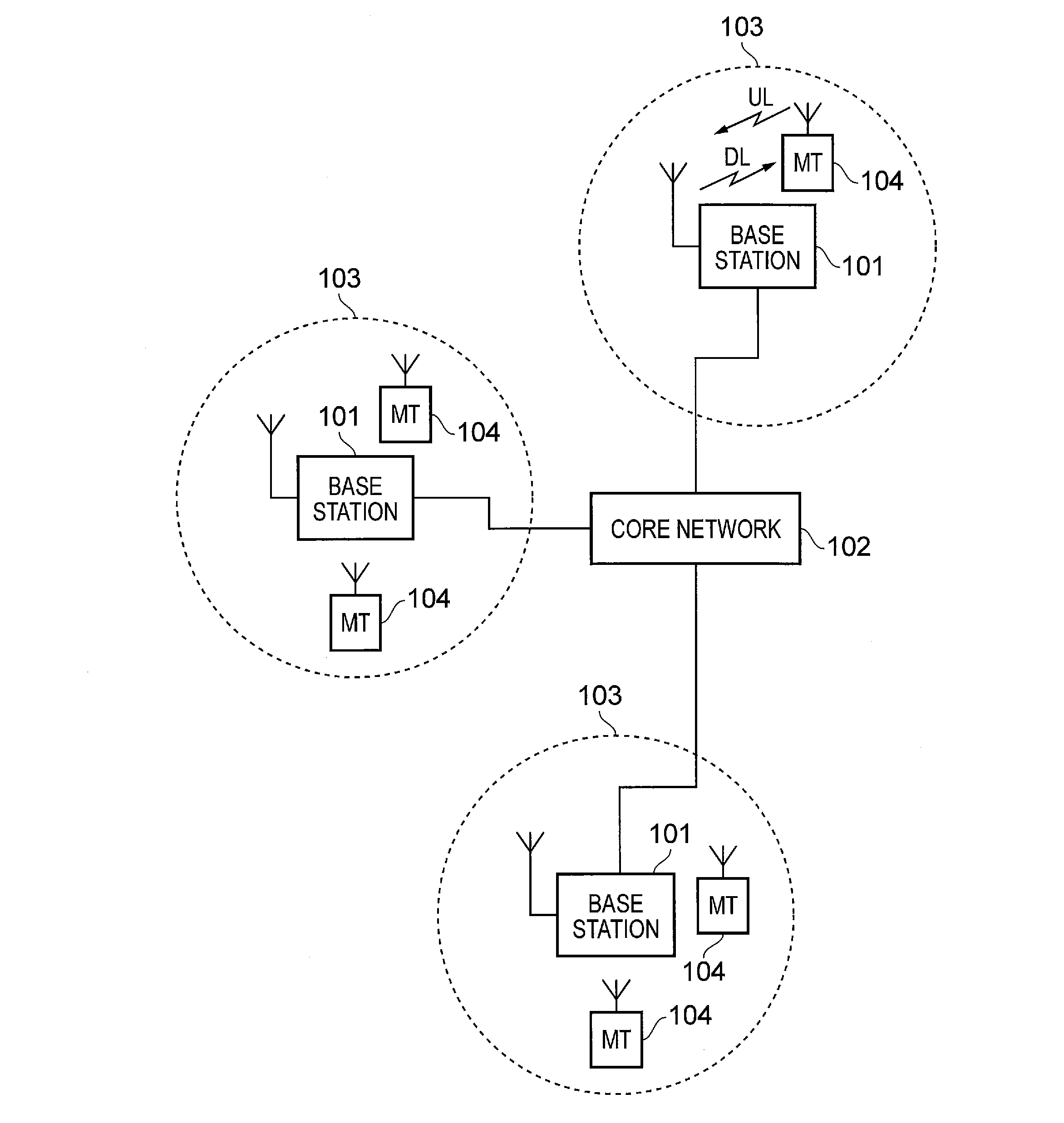Telecommunications apparatus and methods
a technology of applied in the field of wireless (mobile) telecommunications equipment and methods, can solve the problems of increased retransmission protocols, increased chances of failed transmissions, and special significance of retransmission protocols
- Summary
- Abstract
- Description
- Claims
- Application Information
AI Technical Summary
Benefits of technology
Problems solved by technology
Method used
Image
Examples
Embodiment Construction
[0103]FIG. 5 schematically shows a telecommunications system 500 according to an embodiment of the invention. The telecommunications system 500 in this example is based broadly on an LTE-type architecture. As such many aspects of the operation of the telecommunications system 500 are known and understood and are not described here in detail in the interest of brevity. Operational aspects of the telecommunications system 500 which are not specifically described herein may be implemented in accordance with any known techniques, for example according to the current LTE-standards.
[0104]The telecommunications system 500 comprises a core network part (evolved packet core) 502 coupled to a radio network part. The radio network part comprises a base station (evolved-nodeB) 504 adapted in accordance with an embodiment of the invention and arranged to communicate with a plurality of terminal devices. In this example, two terminal devices are shown, namely a first terminal device 506 and a sec...
PUM
 Login to View More
Login to View More Abstract
Description
Claims
Application Information
 Login to View More
Login to View More - R&D
- Intellectual Property
- Life Sciences
- Materials
- Tech Scout
- Unparalleled Data Quality
- Higher Quality Content
- 60% Fewer Hallucinations
Browse by: Latest US Patents, China's latest patents, Technical Efficacy Thesaurus, Application Domain, Technology Topic, Popular Technical Reports.
© 2025 PatSnap. All rights reserved.Legal|Privacy policy|Modern Slavery Act Transparency Statement|Sitemap|About US| Contact US: help@patsnap.com



